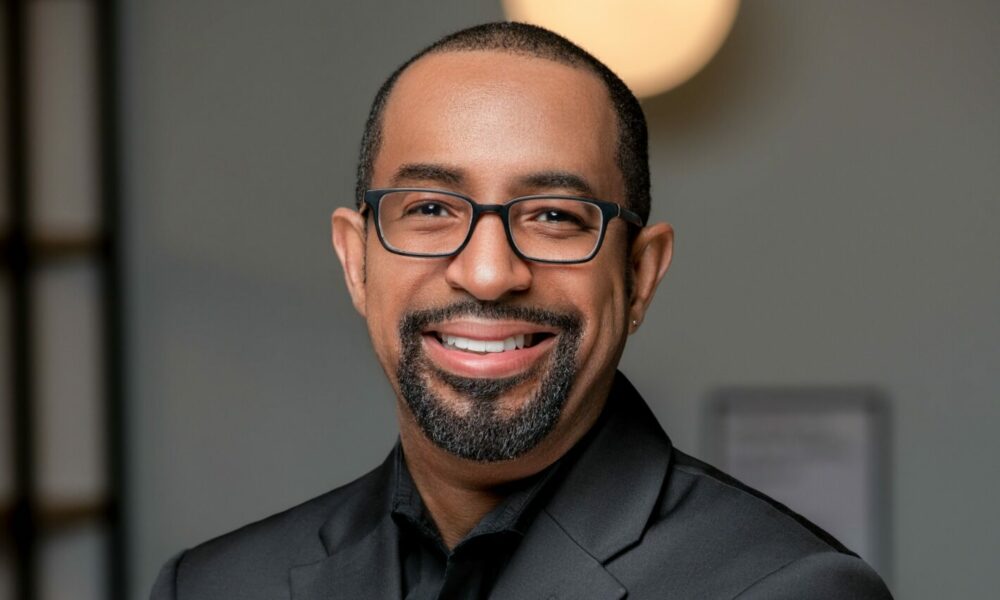

Today we’d like to introduce you to Garfield Peart.
Hi Garfield, we’re thrilled to have a chance to learn your story today. So, before we get into specifics, maybe you can briefly walk us through how you got to where you are today?
I was born in Kingston, Jamaica, and grew up in New York City, in what we affectionally called “LA” Laurelton, Queens (Home of the Tribe Called Quest, Fat Boys, LL Cool J, and others).e. Despite showing all the signs of a future architect growing up, I was never exposed to the professional at a young age. I would use this as motivation to dedicate myself to early exposure of our youth to the profession of architecture as a personal challenge. As an honor student at the top of his class taking technical drafting in High School, I knew nothing about architecture and ended up going into engineering at the University of Virginia (Because my Dad said I couldn’t be an artist. LOL). As luck would have it that it took me less than one semester (And a 1.5 GPA) to quickly realize I didn’t want to be an engineer. After a suggestion from my advisor to look at architecture as an “alternative”, I finally walked myself over to the architecture school and was blown away! I joined the school and later transferred to Howard University School of Architecture where I was nurtured across the finish line and completed my architecture education. After Howard, I went on active duty with the United States Air Force and still serve as a Lieutenant Colonel in the United States Air Force Reserve with over 27 years of service to our country. During that time, I received a Master of Business Administration in Sustainable Business with a concentration on Green Development.
As a first-generation Jamaican immigrant, I am very proud of the strong foundation and hardworking nature of my Caribbean roots. They along with my faith, have been instrumental in the development of my values, work ethic, and leadership qualities. From the time I was first introduced to the architecture profession at the University of Virginia, I have tried to direct my energy to be a force for positive change. I have taken every opportunity throughout my career to be an advocate and resource for K-12, university students, and young architects while championing diversity and equity within the profession.
Today, I am President of my own small design practice Syntony Design Collaborative and adjunct professor at the College of Architecture and Construction Management at Kennesaw State University. I have been a leader in the National Organization of Architects (NOMA) at all levels – Atlanta Chapter President, South Region Vice-President, and National Treasurer – to advocate for and assist minority architectural professional members across the country. Recently I was elected as the Georgia State Representative-Elect to the National Strategic Council of the American Institute of Architects (AIA).
We all face challenges, but looking back would you describe it as a relatively smooth road?
According to the National Council of Architectural Registration Boards (NCARB), Black Licensed Architects still hover around 2%; people of color – 1.5% – 3% (2020). And according to Architectural Digest black female architects only make up only 0.4% of licensed architects. The Directory of African-American Architects has a total of 2,480 of African-American architects with only 560 females.
At the University of Virginia, my first-year architecture professor once told me, “You will never pass my class and become a licensed architect”. I used that as motivation to not only pass his class but to be a beacon of hope for all future minorities who want to be part of this great profession. Of course, we are proud to have a few black firms like Columbus, Ohio–based Moody Nolan, 2020 AIA Architecture Firm of the Year, founded by Curtis Moody, FAIA, and the late engineer Howard E. Nolan, which is the country’s largest African American–owned and –operated design firm doing amazing work.
However, there are still minority architects around the country who struggle to gain the same opportunities and access to top projects as their white counterparts. As the owner of my own small practice, I see first-hand the struggles of access to cash flow and the ability to maintain a viable practice to be a successful practicing architect. The only thing that really keeps me going is embodied in my firm mission – “Design healthy, integrated buildings that create a more sustainable future and transform lives in the communities we serve.” I work to translate my passion for the profession and community development into a viable practice.
Thanks for sharing that. So, maybe next you can tell us a bit more about your business?
Syntony Design Collaborative LLC was founded in 2015 as a dream for a more sustainable and equitable built environment. We are a transformative design firm focused on creating more fully integrated, healthy, and sustainable buildings and communities one building, one development, and one neighborhood at a time.
We are a full-service architecture and design firm, we work to redefine the architect’s role to become a design leader, advocate, and promoter for sound and equitable place-based building design and development practices. Through the use of a “systems thinking” framework with a focus on the Quadruple Bottom Line, we leverage a project’s economic, environmental and social resources while being sensitive to a community’s cultural fabric in the complex built environments of today. Firm services include Architecture, Urban Design and Planning, Community Development, Historic Preservation, and Program Management.
Are there any books, apps, podcasts or blogs that help you do your best?
The Bible. Motivation Madness Channel on Youtube. The Business of Architecture: Your Guide to a Financially Successful Firm by Kathy Dixon. Hip-Hop Architecture by Sekou Cook. Black Men Run national Running Club. Ebenezer Baptist Church with Pastor Sen. Raphael Warnock.
Contact Info:
- Website: https://syntonydesign.com/
- Instagram: https://www.instagram.com/syntony01/
- Facebook: https://www.facebook.com/syntonydesign/

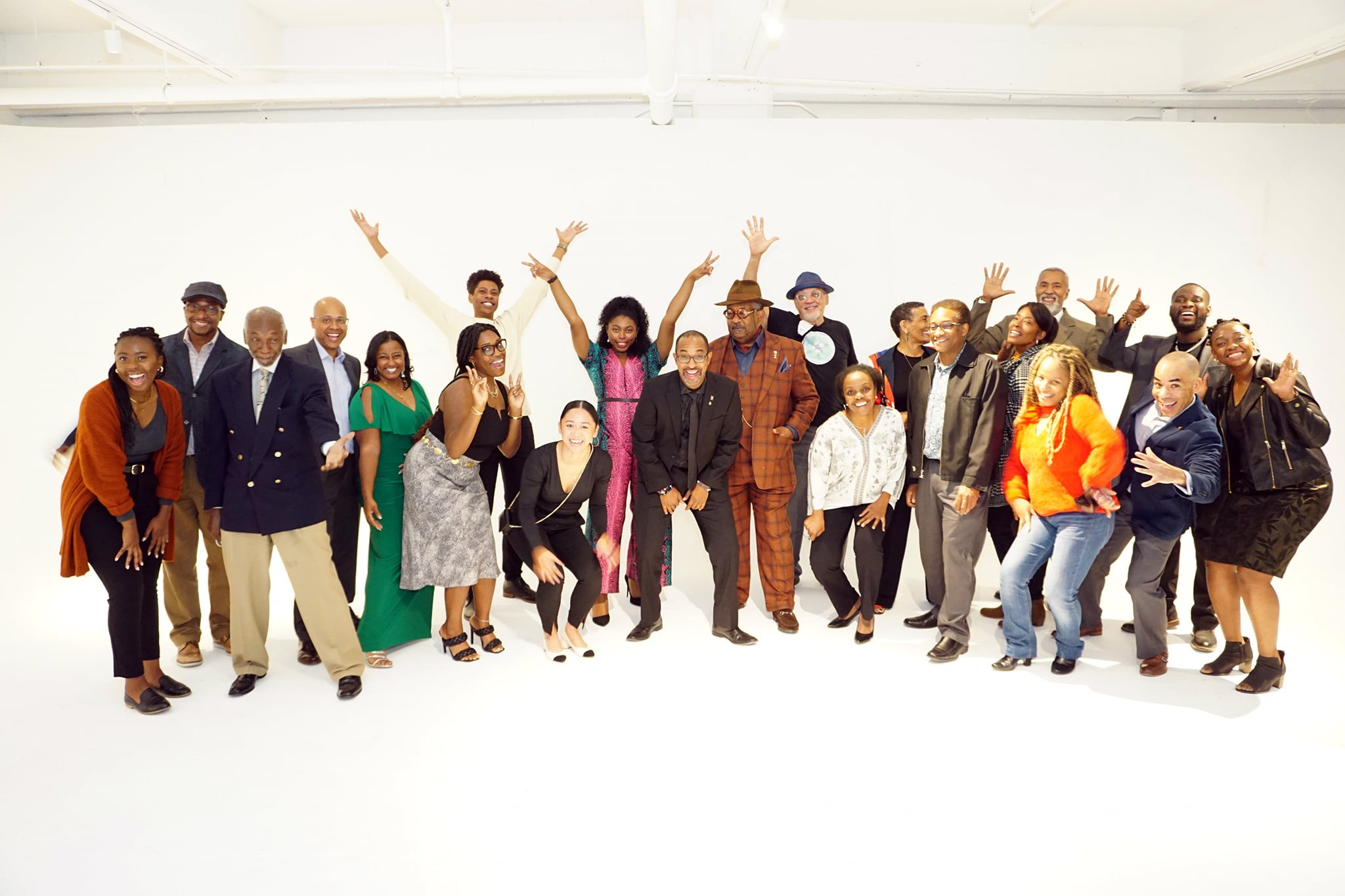
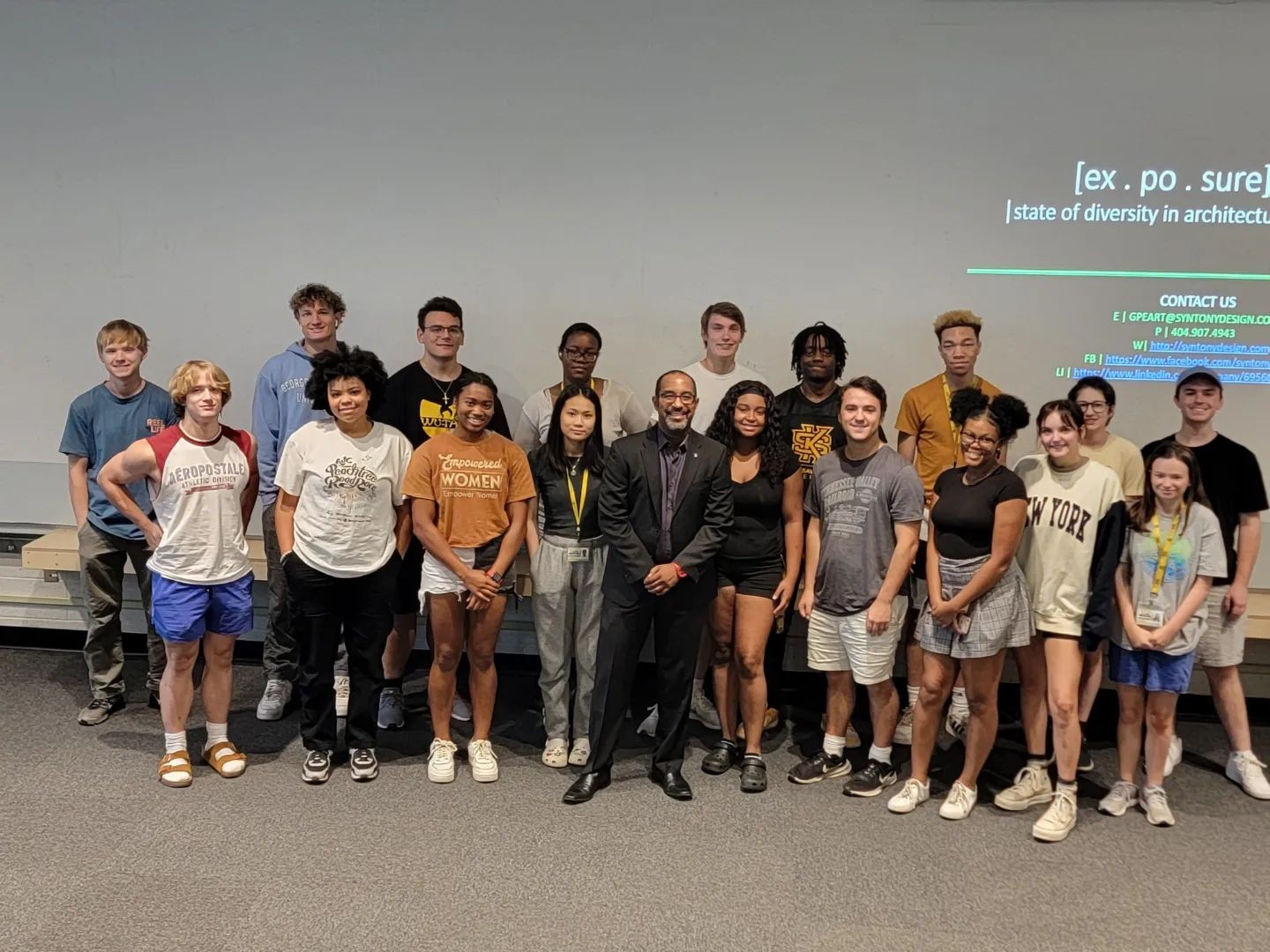
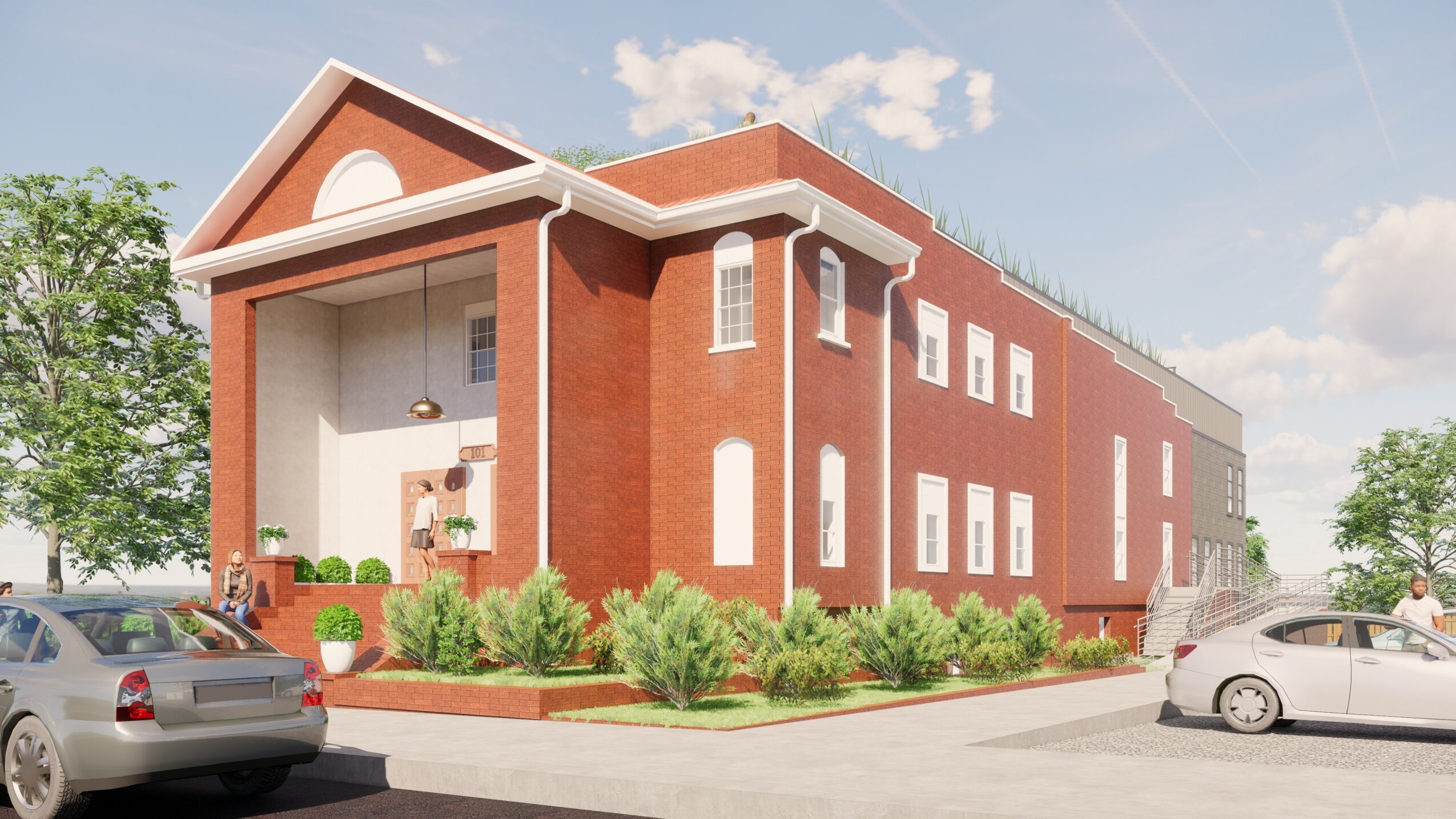
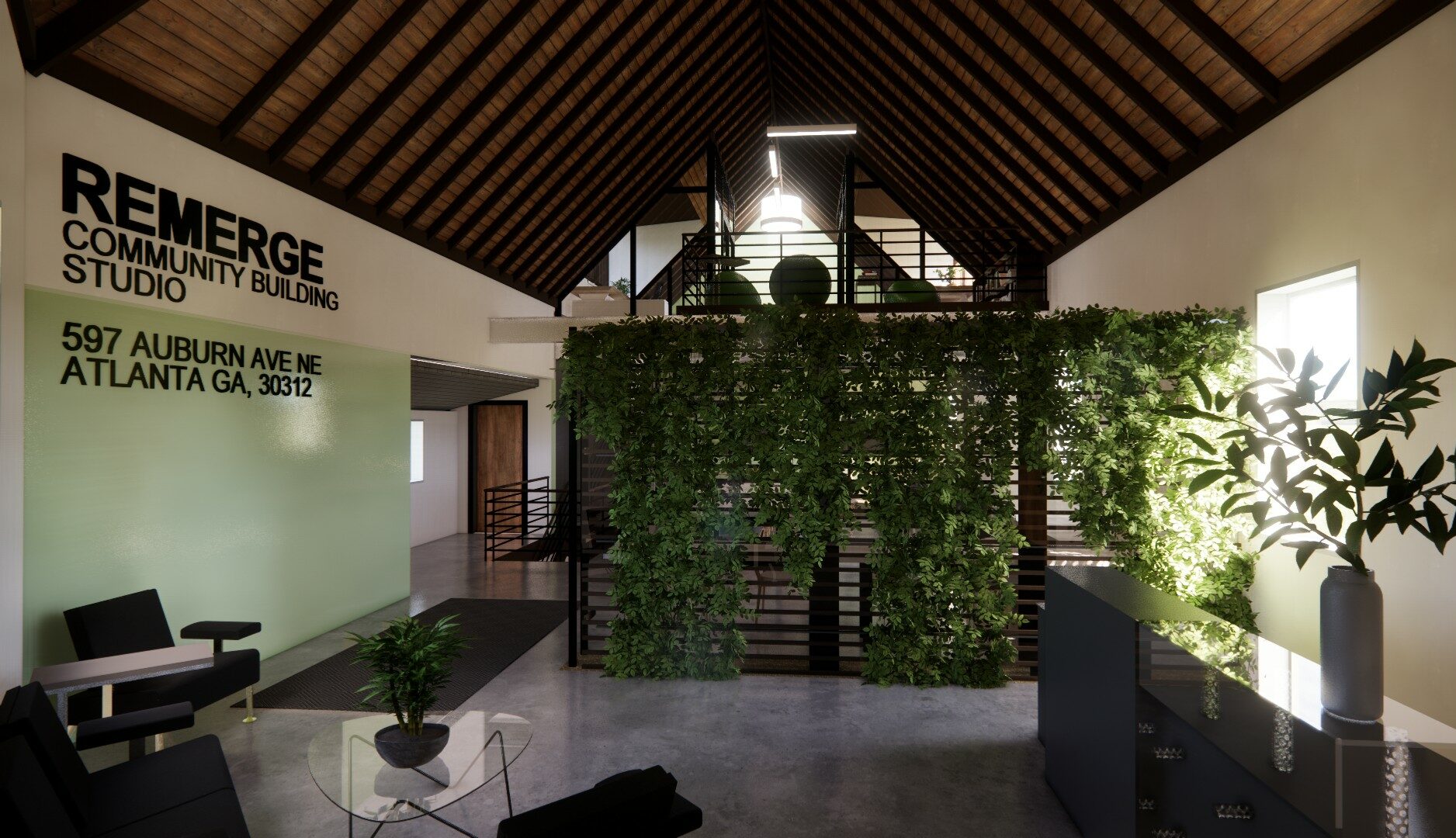
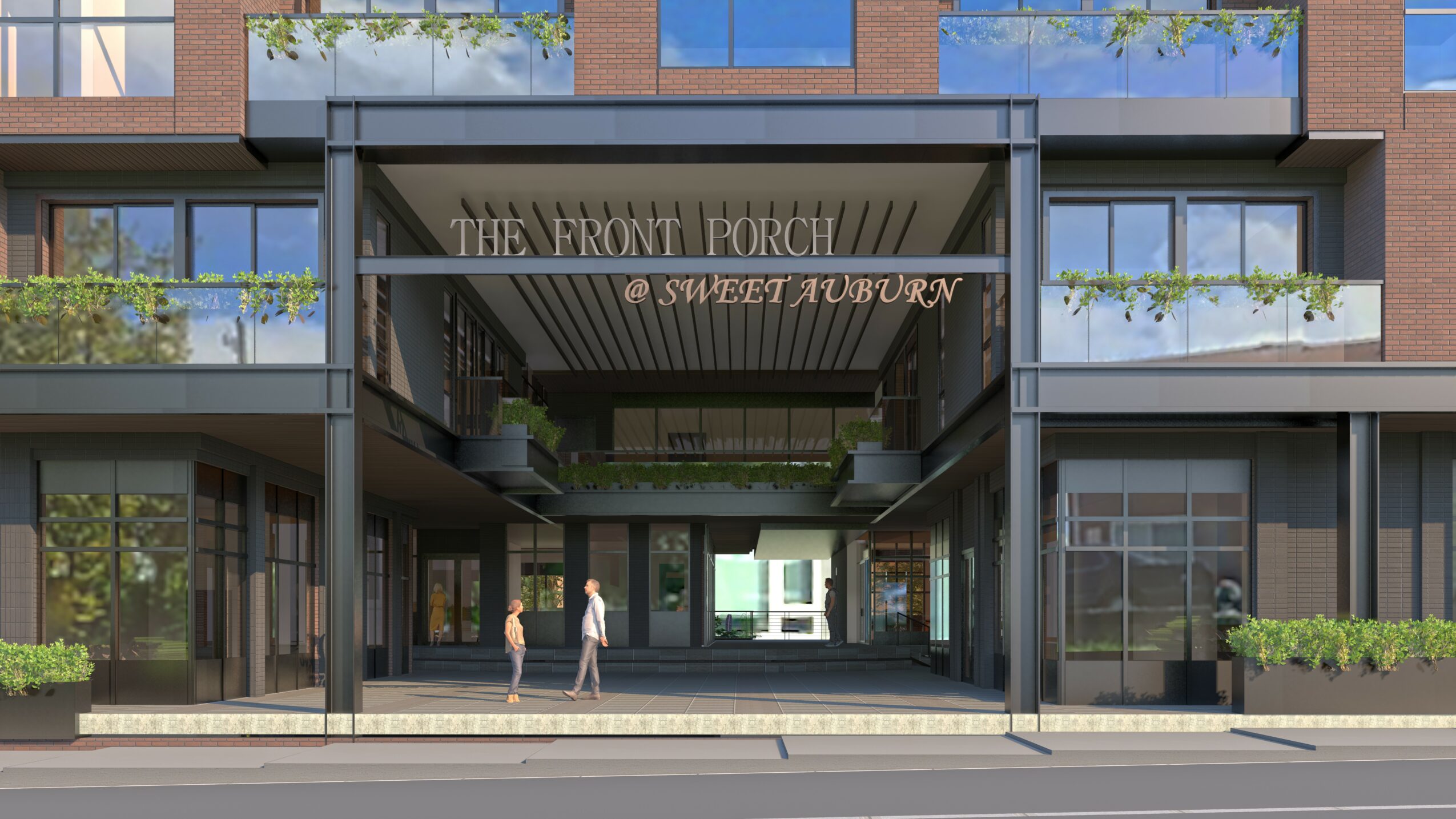
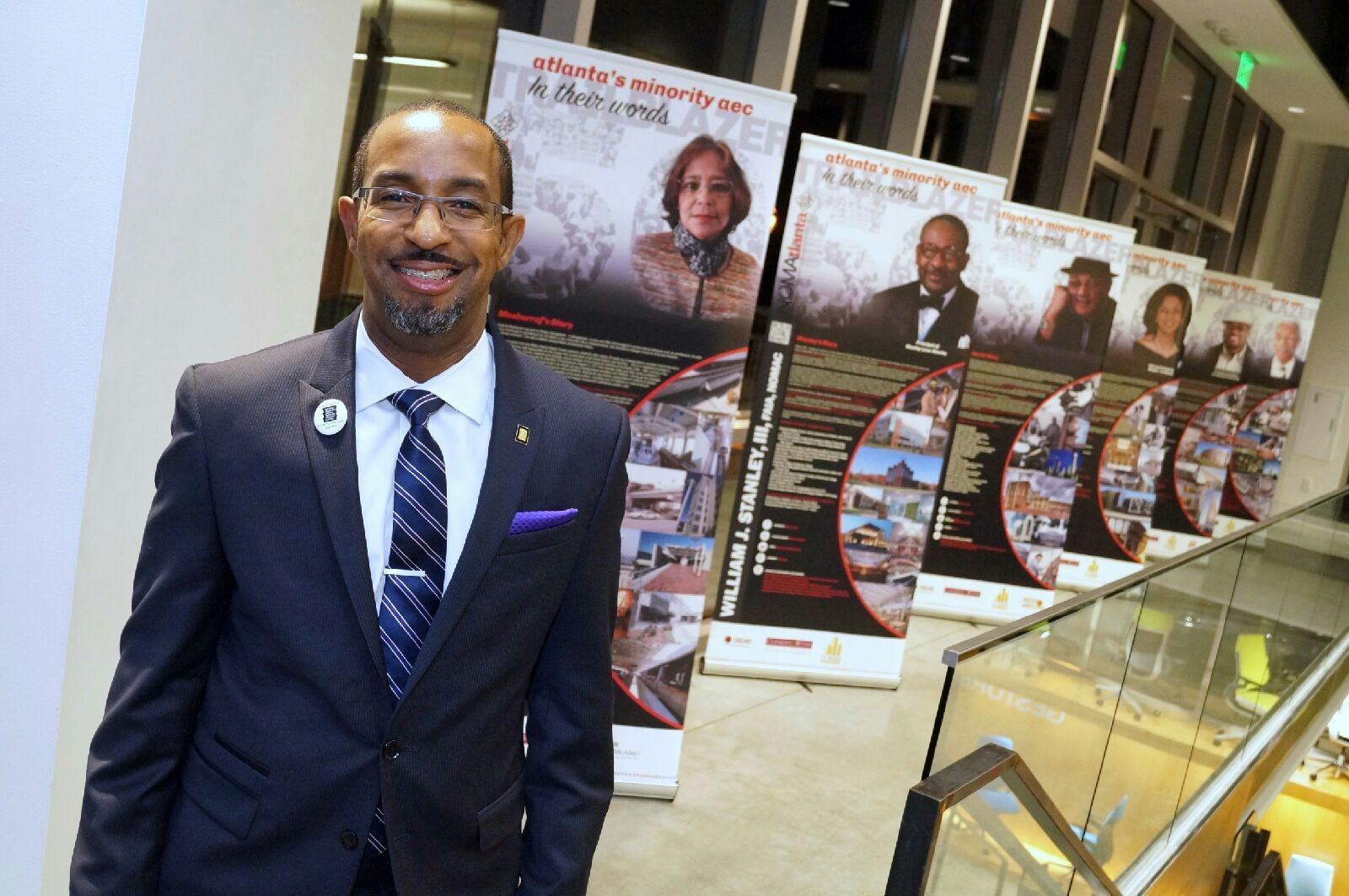 Image Credits
Image Credits
Atta Junior Photography and Syntony Design Collaborative













